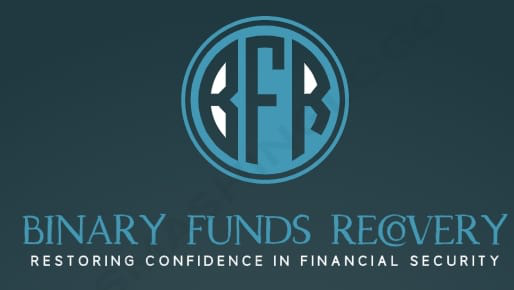In the fast-paced digital era, where convenience often takes precedence over caution, online banking has become an integral part of our daily lives. Chase Bank, being one of the prominent players in the banking industry, has not been immune to the rise of cyber threats and scams. In recent years, there has been a surge in Chase banking scams, posing a significant risk to the financial security of unsuspecting customers.
What are Chase Banking Scams?
Chase Bank scams involve deceptive practices where scammers pose as authentic representatives of Chase Bank, manipulating individuals into actions like transferring funds, granting unauthorized access to bank accounts, or divulging sensitive information like Social Security numbers (SSN). Exploiting the understandable concern for the security of one’s savings, scammers utilize social engineering techniques to prey on these fears. Despite being one of the oldest forms of scams, fraudsters continually adapt, devising innovative methods to target unsuspecting individuals.
Types of Chase Banking Scams
- Phishing Scams: One of the most prevalent forms of Chase fraud is phishing. Scammers often send deceptive emails or text messages that appear to be from Chase Bank, prompting recipients to click on fraudulent links. These links lead to fake websites designed to mimic the official Chase site, where unsuspecting victims are tricked into providing sensitive information such as usernames, passwords, and account details.
- Malware Attacks: Malicious software may be employed by cybercriminals to illicitly access a user’s device. Once installed, the malware can capture keystrokes, login credentials, and other sensitive information. This type of attack is particularly dangerous as it can compromise not only the user’s Chase account but also other personal data stored on the device.
- Fake Customer Service Calls: Scammers may impersonate Chase Bank representatives and make unsolicited calls to customers, claiming there is an issue with their accounts. In these phone conversations, individuals may be pressured into divulging sensitive information, such as Social Security numbers or PINs.
- Account Takeover Scams: In account takeover scams, fraudsters gain access to a customer’s account and make unauthorized transactions. This can occur through various means, including phishing, credential stuffing (using stolen usernames and passwords from other breaches), or exploiting weak security measures.
Tactics Employed by Scammers
- Social Engineering: Scammers often employ social engineering tactics to manipulate individuals into divulging confidential information. By posing as trustworthy entities, such as Chase Bank or other reputable organizations, they exploit human psychology to trick victims into providing sensitive data.
- Spoofing: To enhance the credibility of their scams, fraudsters engage in caller ID spoofing, making it appear as though their calls or messages are coming from Chase Bank. This tactic can deceive even the most cautious individuals, as the information displayed on the screen seems legitimate.
- Fake Websites: Phishing scams often involve the creation of fake websites that closely resemble the official Chase Bank site. These sites are designed to harvest login credentials and personal information from unsuspecting users who believe they are interacting with a legitimate platform.
Safeguarding Yourself Against Chase Banking Scams
- Verify Communications: Always verify the authenticity of emails, text messages, or phone calls claiming to be from Chase Bank. Authentic messages from the bank will never ask for sensitive details like passwords or PINs.
- Two-Factor Authentication: Allow 2FA for your Chase Bank account. This adds an extra layer of security by requiring a second form of verification, such as a code sent to your mobile device, in addition to your password.
- Keep Software Updated: Regularly update your computer, mobile devices, and antivirus software to protect against malware and other security threats. Cybercriminals often target outdated systems with known vulnerabilities.
- Educate Yourself: By being aware of potential threats, you are better equipped to recognize and avoid falling victim to fraudulent schemes.
- Monitor Your Accounts: Consistently examine your Chase Bank statements and account transactions. Report any suspicious transactions or unauthorized access to the bank immediately.
Conclusion
As the digital landscape continues to evolve, so do the tactics employed by cybercriminals. Fraud Chase are a concerning reality, but with vigilance and proactive measures, customers can protect themselves from falling prey to these fraudulent activities. By staying informed, verifying communications, and implementing robust security practices, individuals can navigate the digital banking realm with confidence, ensuring the safety of their financial information in an era where scams lurk behind every virtual corner.
Additionally, utilizing resources such as the Chase bank fraud number can provide an added layer of protection, enabling swift action in the event of suspicious activity. If you’ve fallen prey to Chase Banking Scams, reach out to Cyber Scam Recovery for assistance with reclaiming your funds. Complete a complaint form and receive a free consultation from our proficient experts guiding you through the fund recovery procedure.
Our Social Pages

